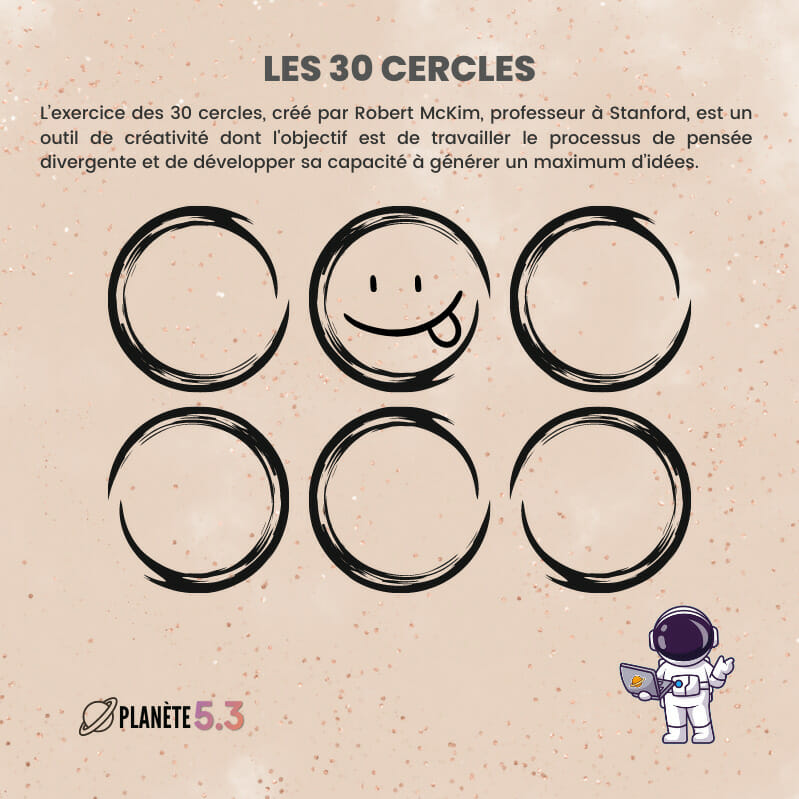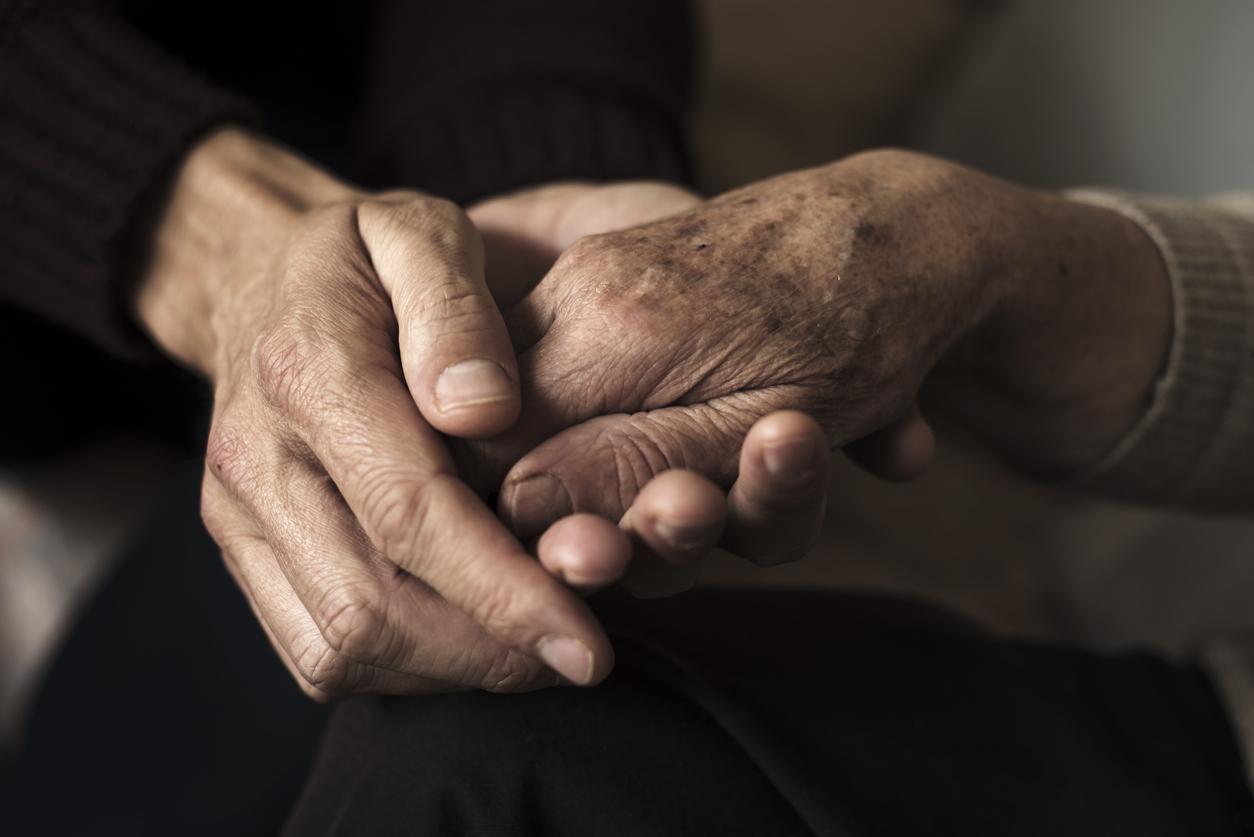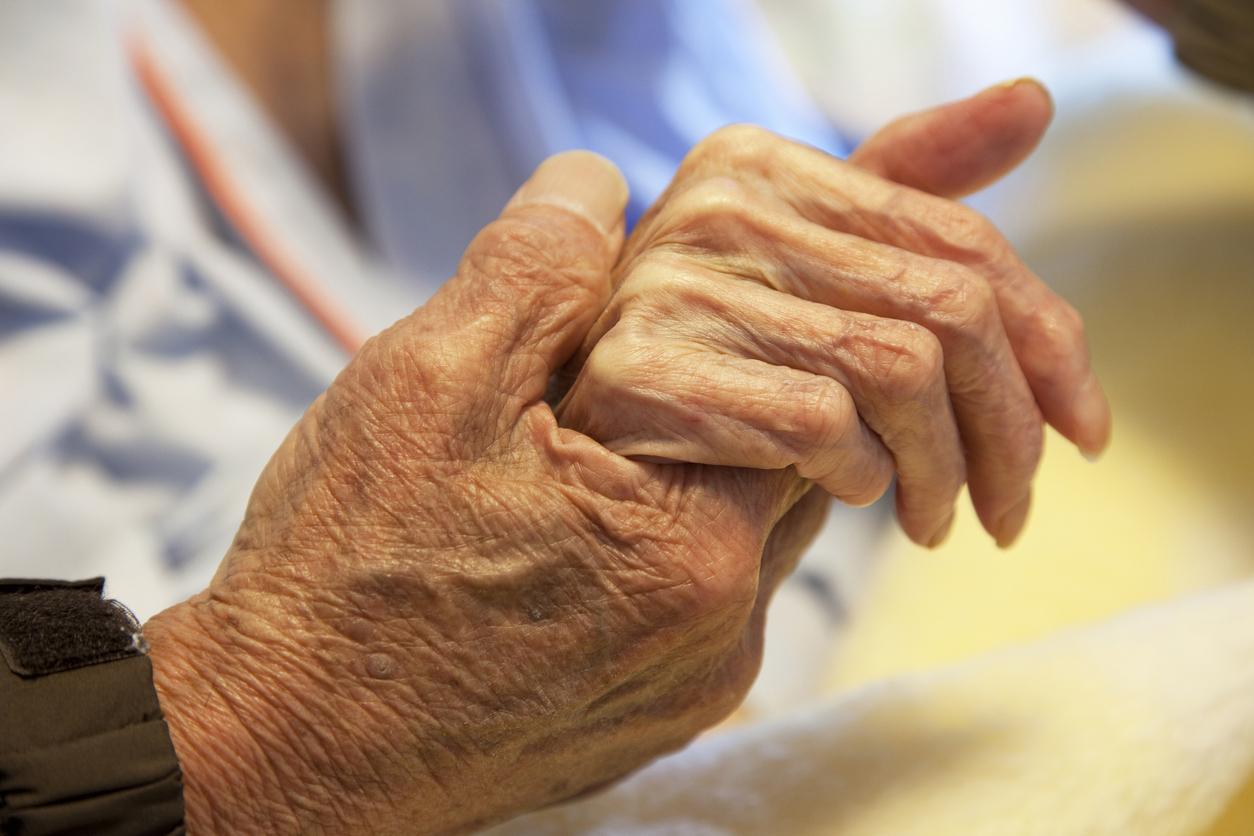An online tool makes it possible to predict, sometimes to the nearest week, how long elderly people have left to live.

- An online calculator estimates the risk of death within three months, one year and five years based on data filled in by users.
- This tool focuses on older people who use or need home care and are likely to die within the next five years.
- In humans as in primates, the increase in life expectancy in the last century is not due to a reduction in the rate of aging.
A simple online questionnaire to fill out would predict the time left to live for the elderly. Canadian scientists from the University of Ottawa, Ontario, have developed a calculator that allows, thanks to certain precise data, to accurately project the time of death of its users. The online tool, called RESPECTis based on data from more than 491,000 seniors who received home care between 2007 and 2013 across the state of Ontario.
Helping caregivers and families
The calculator is currently being piloted in the Canadian region. Its goal is to help caregivers understand the care their patients might need. “Knowing how long a person should live is critical to making informed decisions about what treatments they should receive and where they should get them.said Dr. Peter Tanuseputro, a physician-scientist at the Ottawa Hospital. As a person approaches death, the balance shifts from curative care as the primary goal to care that maximizes a person’s remaining quality of life.” It could also be useful for families. “The RESPECT Calculator helps families and loved ones plansays lead author Dr. Amy Hsu, a professor in the Department of Family Medicine at the University of Ottawa. For example, it can help an adult child plan when to take time off from work to be with a parent or decide when to take the last family vacation together..”
The calculator proposes a risk of death in three months, one year and five years, based on users with the same answers. Among the data requested, the tool asks for information on age, gender, underlying health conditions. underlying conditions, including Alzheimer’s disease, cancer, heart failure, hypertension and stroke, and the ability to carry out daily activities. It then classifies whether the patient’s risk of death is low, moderate, high, or very high. In total, users must answer 17 questions about their health or that of a family member and their ability to take care of themselves. It focuses on older people who use or need home care and are likely to die within the next five years.
Can’t escape death
Whether we can predict it or not, escaping death is impossible. If necessary, a study, conducted by the University of Southern Denmark and Duke University (North Carolina), and in which researchers from 42 institutions in 14 countries participated, reminds us. It sheds new light by developing what the researchers call the “invariant rate of aging hypothesis,” according to which each species has a relatively fixed rate of aging.
An increase in lifespan equality
“Human death is inevitable. No matter how much vitamins we take, how healthy our environment is, or how much exercise we do, we will eventually grow old and die”recalls Professor Fernando Colchero, lead author of the study.
To develop this hypothesis of the invariable rate of aging, he and his team proceeded to the combination of a multitude of data, among which the life expectancy, and the equality of the lifespan, which measures the concentration of deaths around older ages. They also compared the birth and death patterns of nine human populations with those of 30 populations of non-human primates, including gorillas, chimpanzees and baboons living in the wild and in zoos.
The results show that the more life expectancy increases, the more the equality of lifespans increases. This means that most individuals in a population tend to die around the same age, as is the case for example today in Japan or Sweden. In these two countries, the equality of the lifespan is around 70 or 80 years. However, in the 1800s, equality in lifespan was very low in these same countries, because deaths were less concentrated at older ages, which also led to lower life expectancies.
“Life expectancy has increased dramatically and continues to do so in many parts of the world. But it’s not because we’ve slowed our rate of aging; the reason is that more and more infants , children and young people survive, which increases the average life expectancy”says Fernando Colchero.
“All is not lost”
This scheme does not concern only humans. In primates, a similar mechanism occurs. “We observe that not only humans, but also other species of primates exposed to different environments, manage to live longer by reducing infant and child mortality. However, this relationship only holds if we reduce early mortality, not by reducing the rate of aging”continues Professor Colchero.
This therefore means that if an increase in life expectancy has been observed since the beginning of the 20th century, this does not mean that we have found a cure for ageing, and therefore for death. But, says Professor Colchero, “all is not lost”. “Medical science has advanced at an unprecedented rate, so perhaps science could succeed in achieving what evolution has failed to do: reduce the rate of aging.”
.















